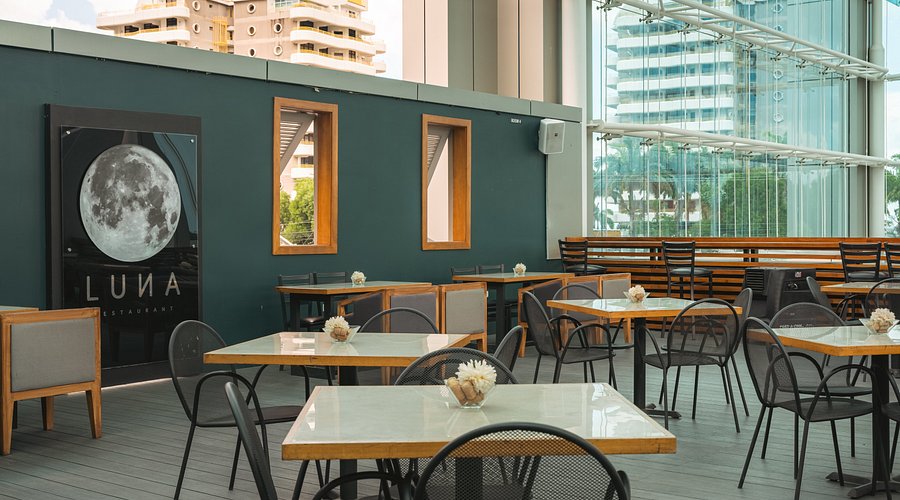
A well-crafted restaurant review is more than just a rundown of dishes; it’s a narrative that captures the essence of the dining experience. Whether you’re an aspiring food critic or a casual foodie, these tips will help you write impactful, balanced, and engaging reviews that readers will love.
1. Start with a Compelling Introduction
Begin by setting the scene. Describe the ambiance, location, and overall vibe of the restaurant. Was it a cozy neighborhood gem or a high-end establishment? A vivid opening invites readers to join you on your culinary journey. For example:
“Nestled in the heart of Brooklyn, Luna Bistro is a warm haven for food lovers seeking rustic Italian charm. From its brick walls to the flickering candlelight, every corner exudes authenticity and coziness.”
2. Highlight Key Elements
Break down the review into the following categories:
- Ambiance and Atmosphere: Mention details like decor, lighting, seating arrangements, and music. At Luna Bistro, the combination of soft jazz and the aroma of freshly baked focaccia creates a relaxed yet sophisticated vibe.
- Service: Was the staff attentive, knowledgeable, and welcoming? At Luna Bistro, the servers greet guests with a smile and are quick to recommend the house specialties, making the experience feel personal.
- Menu and Presentation: Discuss the variety, creativity, and appeal of the menu. Luna Bistro’s menu boasts authentic Italian dishes, from creamy risottos to perfectly charred Neapolitan pizzas, each plated with elegance.
- Taste and Quality: This is the heart of the review. Be specific about flavors, textures, and freshness. For instance:
“The house-made pappardelle with wild mushroom ragu was a standout, with the delicate pasta soaking up the earthy, rich sauce, topped with a generous shaving of pecorino.”
3. Balance Objectivity and Personal Opinion
While your perspective is valuable, avoid making it all about personal preferences. Aim for a balanced critique that appeals to a wide audience. For example:
“The tiramisu was rich and decadent, though its sweetness might be overpowering for some.”
4. Use Descriptive Language
Paint a picture with words to help readers imagine the experience. Instead of “the dish was good,” try:
“The margherita pizza arrived with a perfectly blistered crust, topped with vibrant San Marzano tomatoes, creamy buffalo mozzarella, and a hint of fresh basil.”
5. Offer Constructive Criticism
If aspects of the experience fell short, frame your feedback constructively. For example:
“While the bruschetta was flavorful, the bread could have been toasted a bit longer for an extra crunch.”
6. End with a Clear Verdict
Summarize your experience and recommend the restaurant to specific audiences. For Luna Bistro, you might say:
“Luna Bistro is perfect for couples seeking a romantic dinner or anyone craving authentic Italian comfort food. Just be sure to book a reservation—it’s a popular spot!”
A great restaurant review combines storytelling, objectivity, and vivid detail. By following these tips, you’ll create reviews that inform and inspire, helping readers decide where to savor their next meal.

